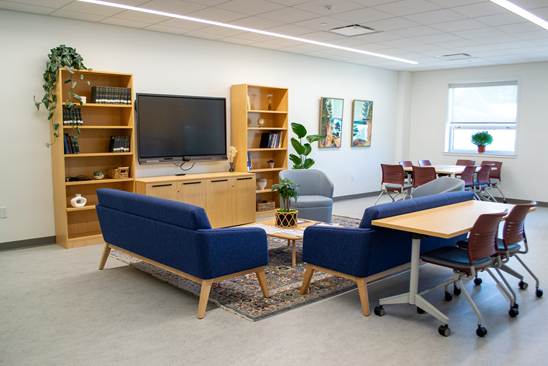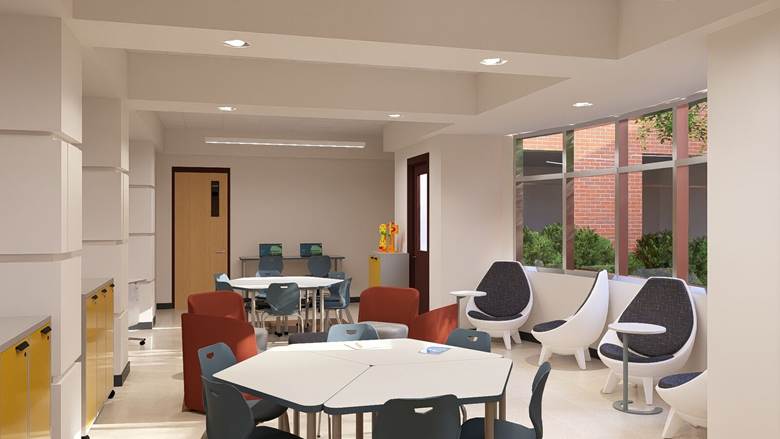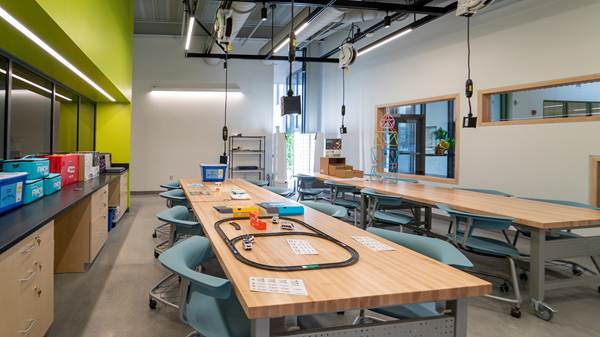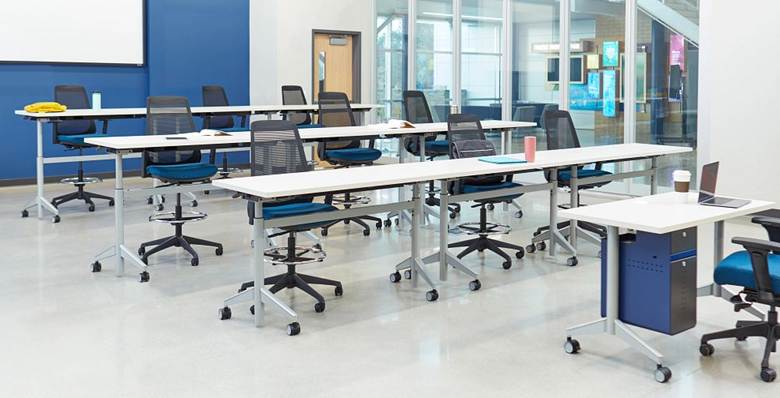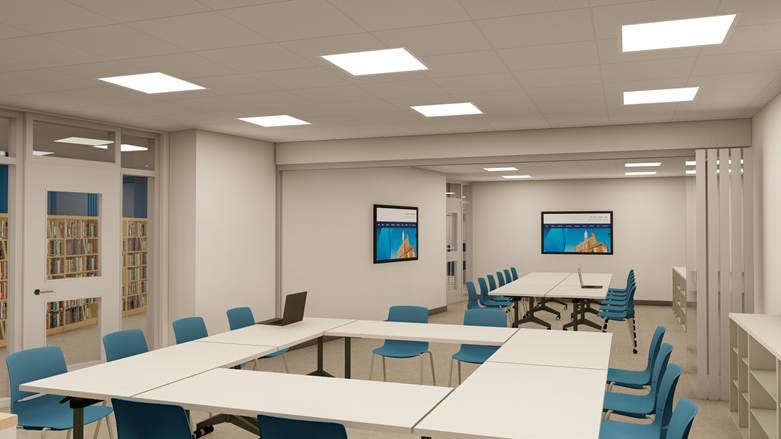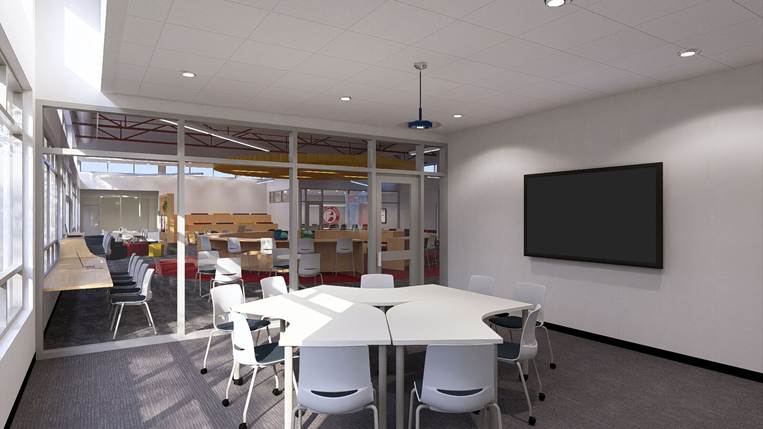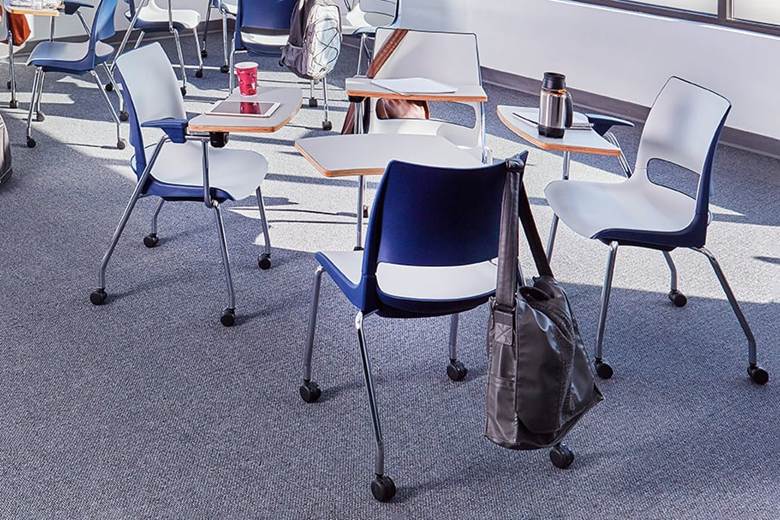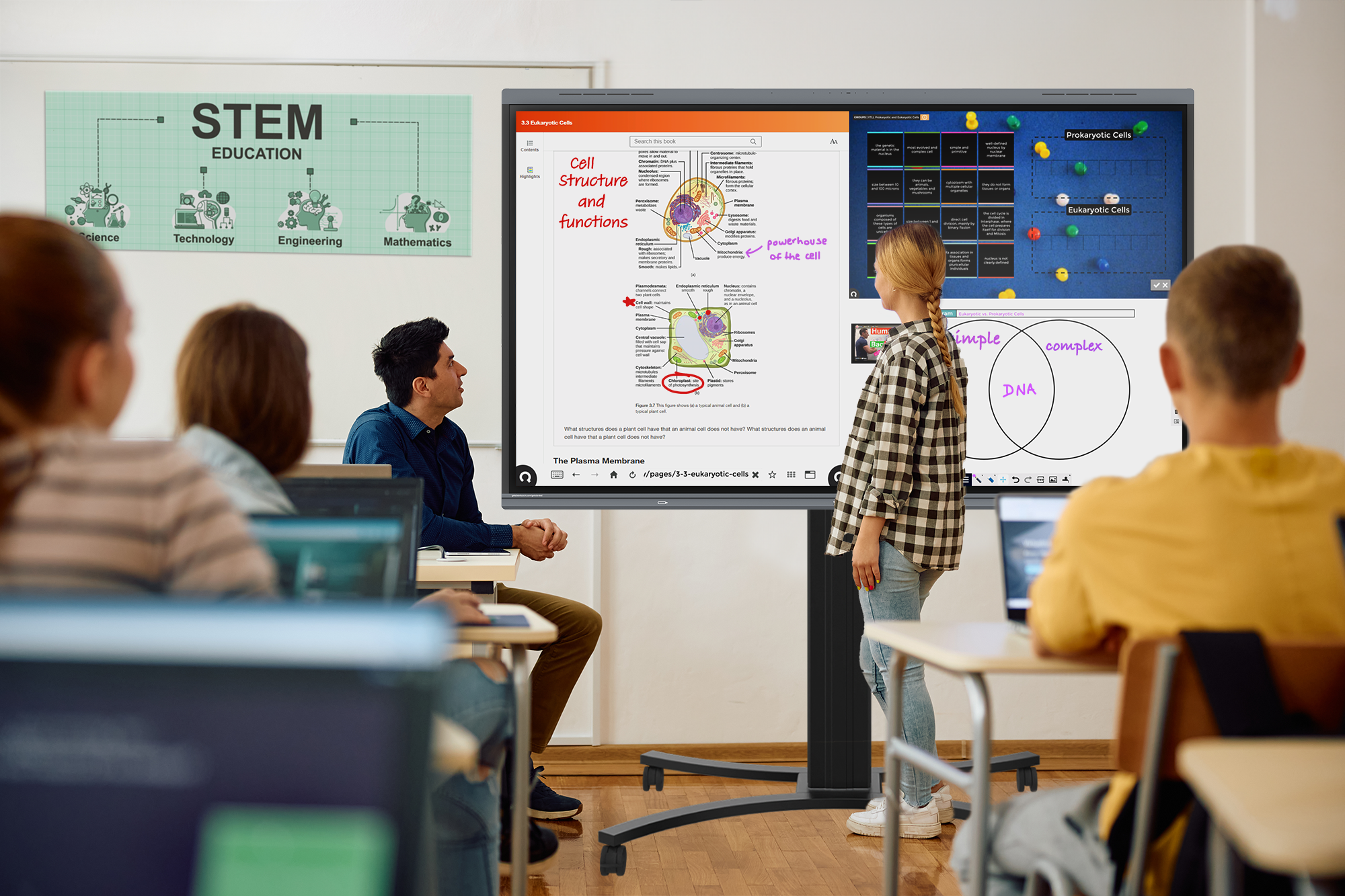Attract, Empower, and Retain: Teacher Retention and Space Design
Behind every thriving school are educators who feel supported, inspired, and valued. Professional development isn’t just about workshops or training sessions—it’s about giving teachers the space to collaborate, recharge, and grow. When schools invest in dedicated environments for planning, reflection, and creative collaboration, they send a powerful message: your growth matters. These thoughtfully designed spaces energize teachers, helping them bring renewed passion and ideas into the classroom.
Teacher retention has become a top priority for districts nationwide, and the physical environment plays a crucial role in keeping educators motivated and supported long term. Flexible, comfortable, and well-equipped spaces foster connection, collaboration, and a sense of belonging—all key factors in retaining great educators and strengthening school communities. Below are just a few stats providing insight into teacher retention today:
- “As of 2024, an estimated 400,000+ teaching positions in the United States were either unfilled or filled by teachers not fully certified for their assignments” (source).
- “In 2024, 44% of American K-12 teachers reported feeling burned out often or always, a notable increase from 36% in 2020,” (source).
- ”In the 2022–23 school year, on average, 23% of teachers left their school, with 30% of new teachers departing,” (source).
Supporting teachers goes beyond professional development— it starts with the spaces they use to collaborate, learn, and recharge. By prioritizing flexible, inspiring environments, schools can enhance teacher well-being and boost retention - all while reutilizing existing rooms. Here are 3 key teacher training environments, each supported by thoughtfully selected pieces to enhance engagement, comfort, and flexibility.
1. Learning Commons become Learning Hubs
Learning commons are dynamic spaces designed to foster teamwork, idea-sharing, and professional growth. Aligned with adult learning principles, these collaboration hubs help teachers connect, brainstorm, and recharge, contributing to stronger retention and engagement. Flexible seating options, such as the KI Intellect Wave Chair and SixInch Tapa Round Stools, make it easy to reconfigure the space for group discussions, informal meetings, or breakout sessions, promoting both comfort and interaction throughout the day.
2. Classrooms Become Training Rooms
Adaptable classrooms can easily transform into dynamic training rooms to support a variety of teaching methods and professional development activities. Ruckus Activity Tables, with adjustable heights and versatile shapes, enable both collaborative and focused work, while their mobility allows educators to transition seamlessly between activities. Pirouette Tables, with fixed or adjustable-height bases, support flexible seating arrangements and efficient use of space, making them ideal for movement-focused or interactive sessions that engage teachers in hands-on learning.
3. Conference Rooms Become Professional Development Spaces
Conference rooms can be converted into professional development spaces that provide an ideal environment for workshops, reflective practices, and structured learning experiences. Ergonomic seating, such as the KI Ruckus Task Chair or Doni Stack Chair, support good posture and reduces fatigue, helping educators stay comfortable and focused during long sessions. When combined with adaptable tables and configurable seating, these spaces empower teachers to collaborate effectively, engage deeply, and leave inspired to bring new ideas back to their classrooms.
We love creating teacher training spaces that make professional development feel engaging and energizing. From collaboration hubs to flexible classrooms and dedicated training spaces, every opportunity is built to inspire growth and connection. With adaptable furniture and layout options, educators can easily switch between workshops, group work, or quiet reflection. These thoughtfully designed spaces not only support teacher well-being and retention, but create classrooms, libraries, and hubs where learning, growth, and creativity thrive.
